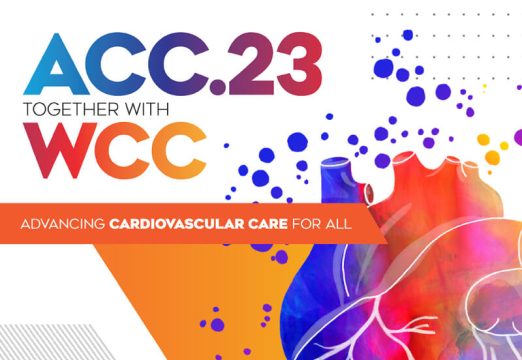Catheter ablation is an effective treatment for patients with atrial fibrillation (AF) refractory to the standard medical treatment.

Verma et al. conducted a global, prospective, multicenter, nonrandomized study in which patients were operated with the PulseSelect system—pulmonary vein isolation using a nonthermal ablation system—and followed-up at 12 months.
The system consists in nonthermal ablation, discharging pulses of electric fields to induce apoptosis in a faster and safer way.
The primary endpoint of effectiveness was a composite of freedom from “procedure failure, recurrent arrhythmia, or antiarrhythmic escalation at 12 months”.
With the PulseSelect strategy, there was a primary safety endpoint of 0.7% in the paroxysmal AF and permanent AF cohorts. There were no cases of phrenic, esophageal, or pulmonary vein injury. In turn, 100% of the pulmonary veins underwent acute isolation.
Upon analysis, the clinical results showed a significant improvement in quality of life.

Dr. Omar Tupayachi.
Member of the editorial board of SOLACI.org.
Original Title: Pulsed Field Ablation Treatment in Paroxysmal and Persistent Atrial Fibrillation Patients: Acute and Long-term Outcomes From The PULSED AF Pivotal Trial”.
Reference: Presentado por Atul Verma en sesión Late Breaking Trials del ACC.23/WCC Marzo 4-6, 2023, en New Orleans.
Subscribe to our weekly newsletter
Get the latest scientific articles on interventional cardiology





